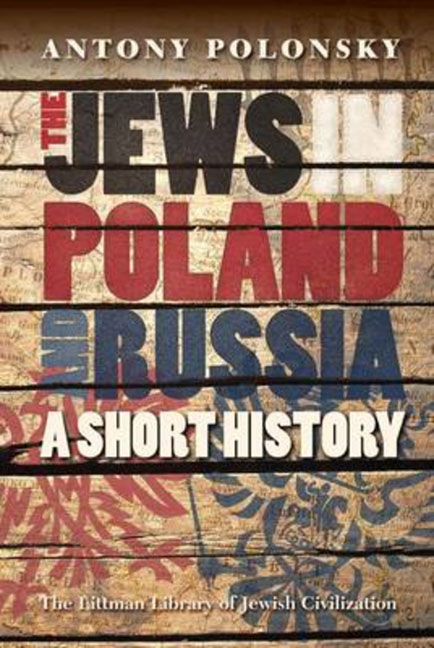Book contents
- Frontmatter
- Dedication
- Preface
- Acknowledgements
- Contents
- List of Maps
- Note on Transliteration
- Note on Place Names
- Maps
- Introduction
- 1 The Polish–Lithuanian Background
- 2 Attempts to Transform and Integrate the Jews, 1750–1881
- 3 The New Jewish Politics, 1881–1914
- 4 Social and Religious Change, 1750–1914
- 5 The First World War and its Aftermath
- 6 The Jews in Poland between the Two World Wars
- 7 Jews in Lithuania between the Two World Wars
- 8 Jews in Soviet Russia and the Soviet Union, 1921–1941
- 9 War and Genocide, 1939–1945
- 10 From the End of the Second World War to the Collapse of the Communist System
- 11 Jews in Eastern Europe and Russia since the End of Communism
- Conclusion
- Postword
- Glossary
- Notes
- Bibliography
- Index
9 - War and Genocide, 1939–1945
- Frontmatter
- Dedication
- Preface
- Acknowledgements
- Contents
- List of Maps
- Note on Transliteration
- Note on Place Names
- Maps
- Introduction
- 1 The Polish–Lithuanian Background
- 2 Attempts to Transform and Integrate the Jews, 1750–1881
- 3 The New Jewish Politics, 1881–1914
- 4 Social and Religious Change, 1750–1914
- 5 The First World War and its Aftermath
- 6 The Jews in Poland between the Two World Wars
- 7 Jews in Lithuania between the Two World Wars
- 8 Jews in Soviet Russia and the Soviet Union, 1921–1941
- 9 War and Genocide, 1939–1945
- 10 From the End of the Second World War to the Collapse of the Communist System
- 11 Jews in Eastern Europe and Russia since the End of Communism
- Conclusion
- Postword
- Glossary
- Notes
- Bibliography
- Index
Summary
THE PRELUDE TO THE ‘FINAL SOLUTION’ 1939–1941
The outbreak of the Second World War initiated a new and tragic period in the history of the Jews of north-eastern Europe. The Polish defeat by Nazi Germany in the unequal campaign that began in September 1939 led to a new partition of the country by Germany and the Soviet Union. Though Hitler had been relatively slow to put the more extreme aspects of Nazi antisemitism into practice, by the time the war broke out the Nazi regime was set in its deep-seated hatred of the Jews. Following the brutal violence of Kristallnacht on 9–10 November 1938, when up to a hundred Jews were murdered in Germany and Austria and over 400 synagogues burnt down, Hitler, disconcerted by the domestic and foreign unease which this provoked, decided to entrust policy on the Jews to the ideologues of the SS. They were determined at this stage to enforce a ‘total separation’ between Jews and Germans, but wanted to do so in an ‘orderly and disciplined’ manner, perhaps by compelling most Jews to emigrate. Hitler himself, in a speech in the Reichstag on 30 January, asserted: ‘If international Jewish financial circles plunge the world into war the results will not be the bolshevization of the earth and thus victory for Jewry but the annihilation of the Jews as a race in Europe.’
The Nazis did not act immediately on this genocidal threat, but during the first months of the war a dual process took place, the barbarization of Nazi policy generally and a hardening of policy towards Jews. In Germany itself there was an increase in political repression. The death penalty was now introduced for a wide range of offences, including listening to enemy radio broadcasts, economic sabotage, ‘disrupting the armed forces’, and ‘crimes of violence’, while the legal system was brought under much stricter party control. In the ‘euthanasia’ programme, which was directed against people suffering from incurable mental or physical illnesses, 70,000–80,000 were killed during the first year of the war.
Sporadic anti-Jewish violence occurred during and after the September campaign in Poland, in which about 6,000 Jews lost their lives at Nazi hands. Many synagogues and Jewish libraries were burnt, most notably the famous library of the Hakhmei Lublin yeshiva.
- Type
- Chapter
- Information
- The Jews in Poland and Russia: A Short History , pp. 308 - 379Publisher: Liverpool University PressPrint publication year: 2013

